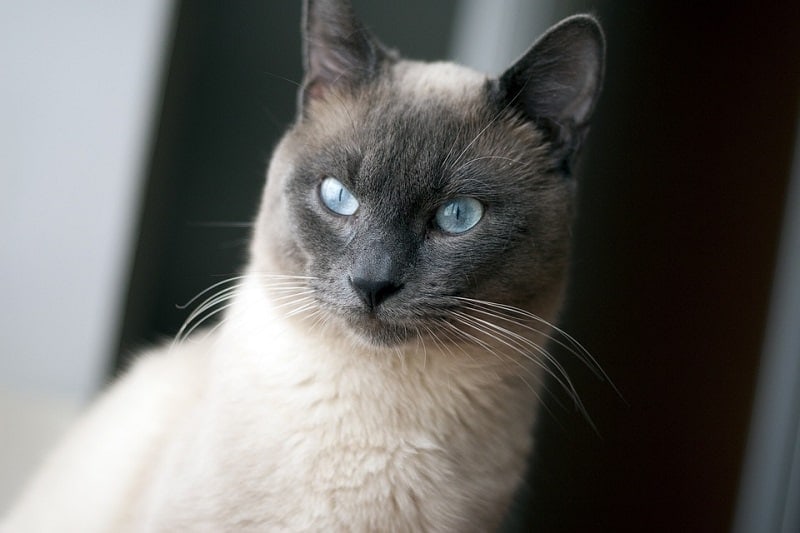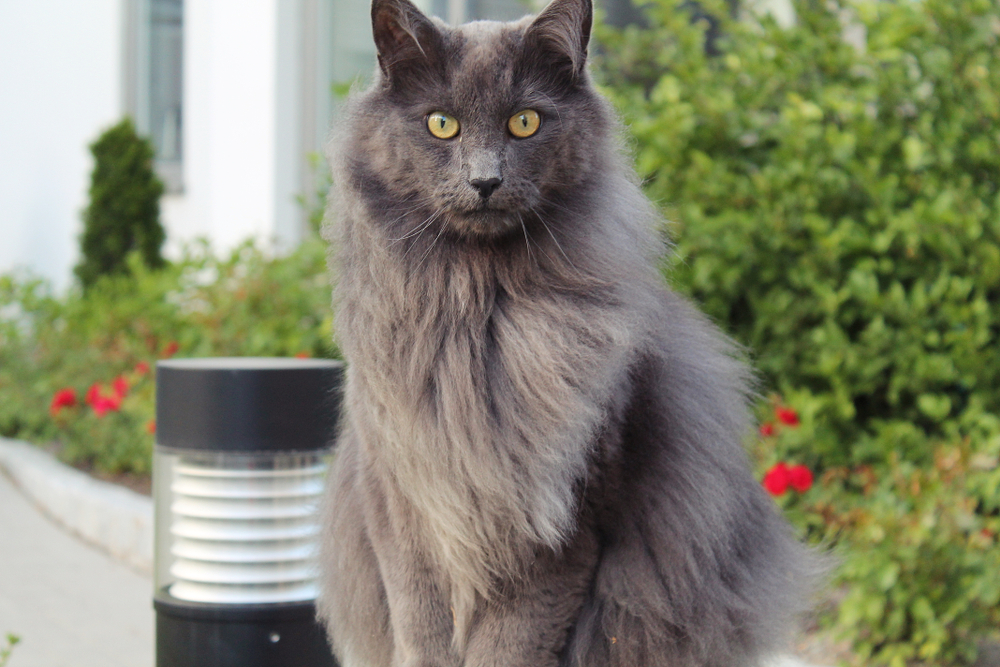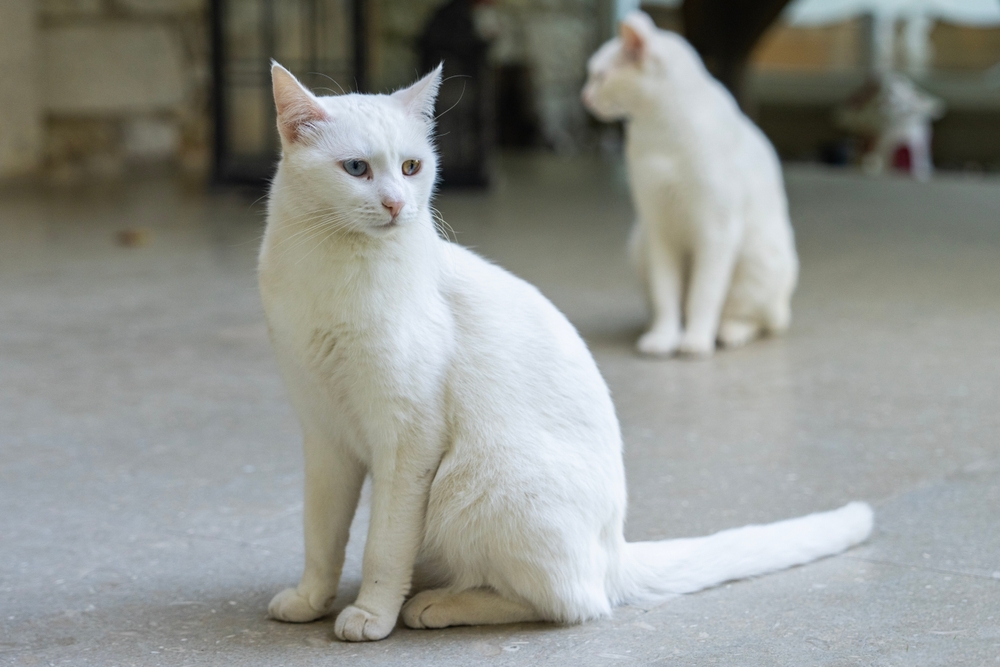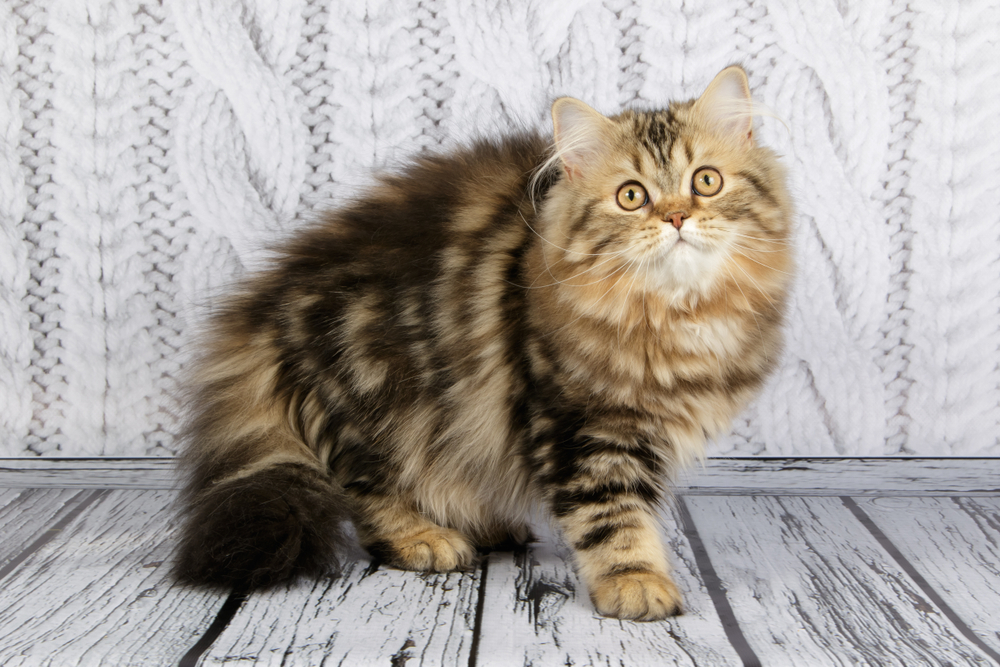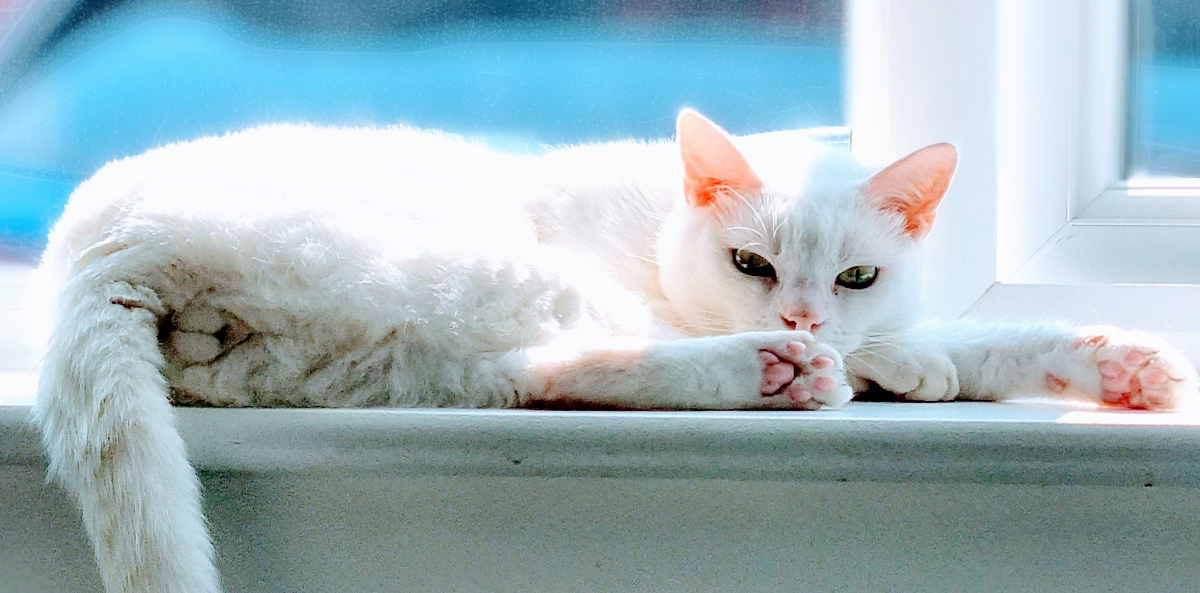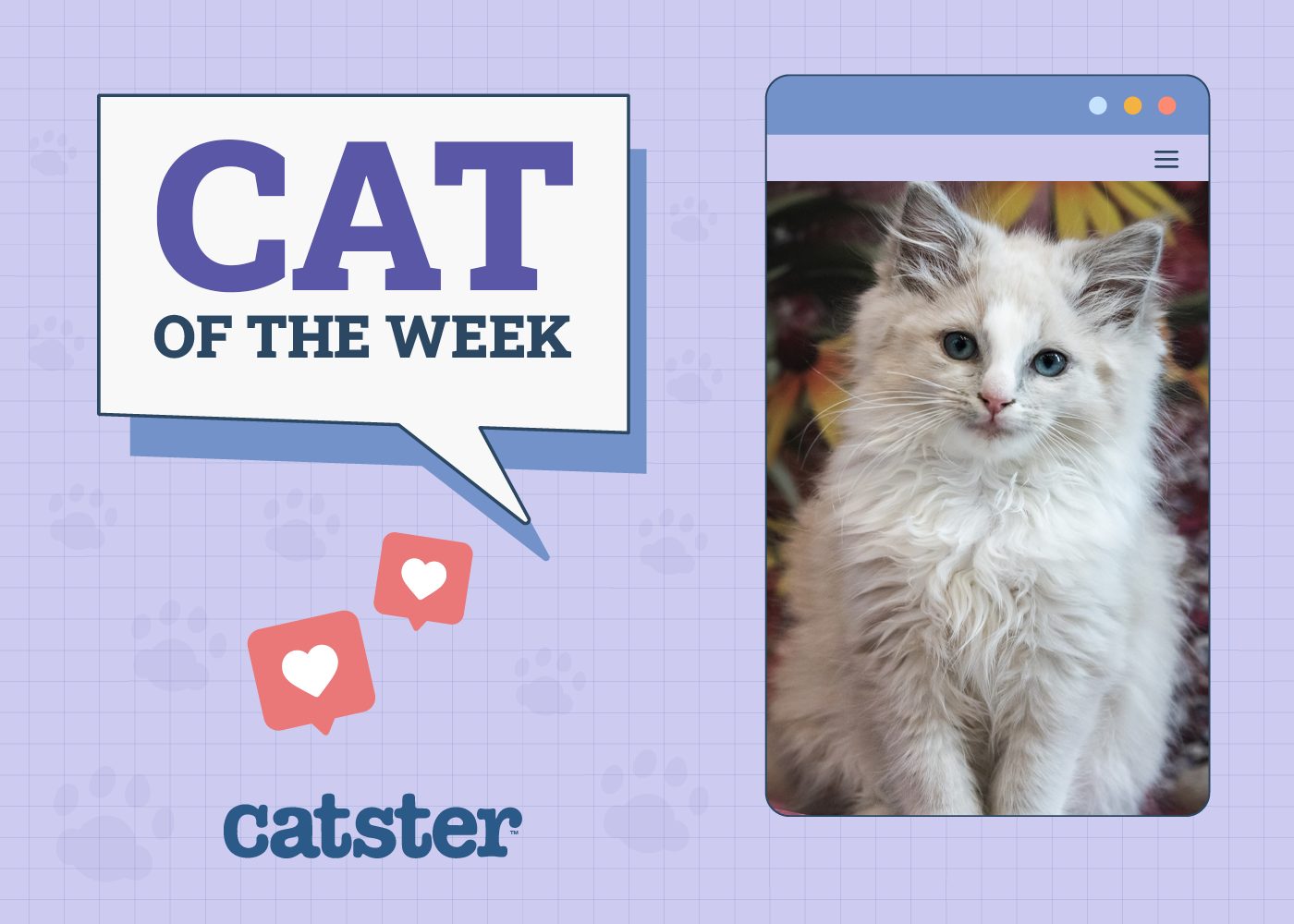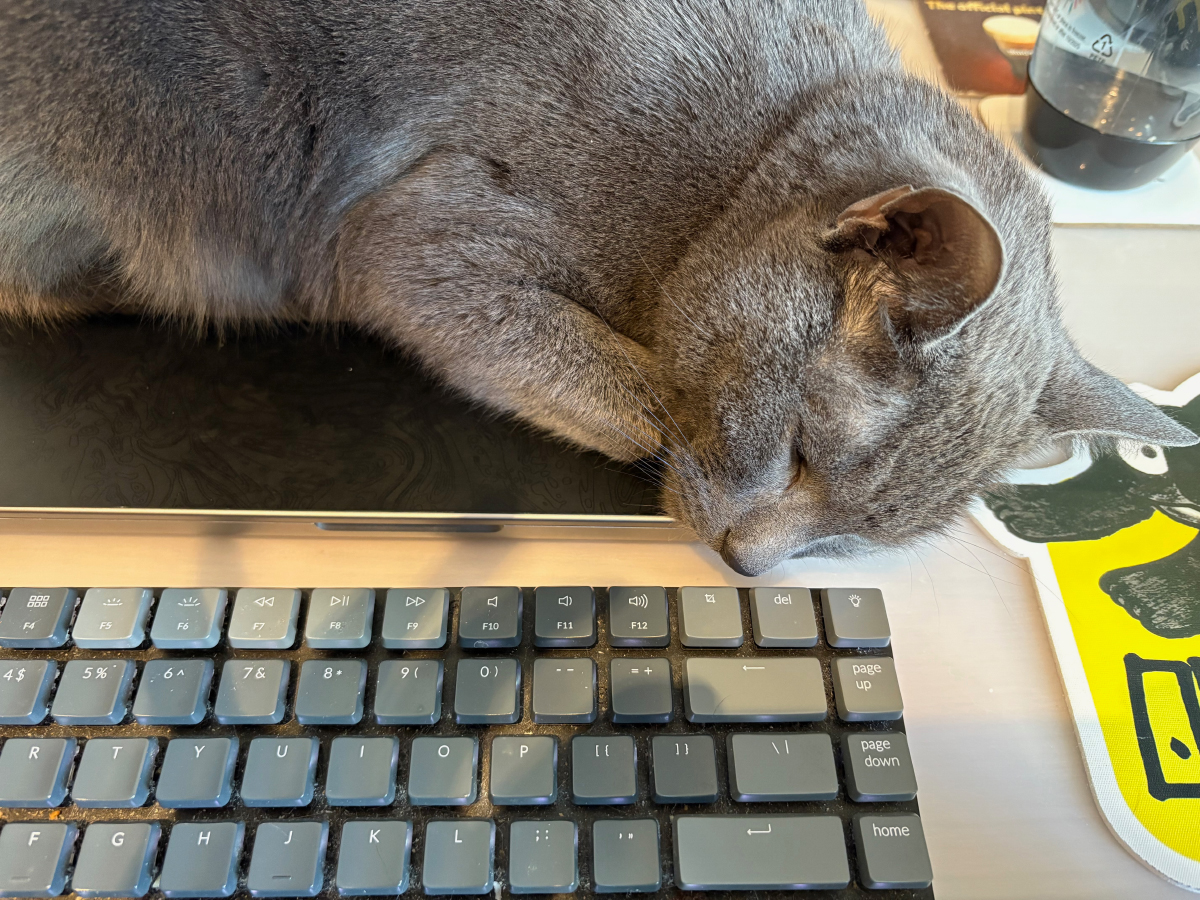Both pedigree and non-pedigree cats can suffer from hereditary health issues, although these are more commonly described in pedigree cats due to selective breeding and in-breeding. Still, cats are said to have nine lives because they can get into and out of scrapes with seemingly no ill effects. The average life expectancy for cats based on a UK study is around 12 years, and although rare, it certainly isn’t unheard of for a cat to reach 20 years of age.1
With that said, cats can and do still get ill, and it can be heartbreaking, costly, and may even put us off from owning cats in the future. According to several studies, besides crossbred cats that seem to live significantly longer than purebred cats, there are certain breeds that are longer lived, such as the Birman, Burmese, Siamese, and Persian, among others. Of course, this is not a guarantee they will be healthy, as this is influenced by the individual animal’s genetics, presence of inbreeding, lifestyle, neutered status, and environmental factors.

How Healthy Is Healthy?
Before we look into some of the cat breeds that are considered fairly healthy, let’s clear a few things up. Although a certain breed of cat may be considered fairly healthy, there will still be individual cats belonging to that breed that can suffer from various hereditary or acquired health issues. The same goes the other way around as well, a breed that may be considered less longer-lived will have cats that can beat the odds and get into their late teens.
However, please be mindful that this will also greatly depend on many other individual factors, such as the cat’s genetic line, presence of inbreeding, regular preventative healthcare including vaccinations against infectious disease, lifestyle (indoor vs outdoor), weight and body condition score, and many more.
Another important consideration is also available scientific evidence and a database of recognized genetic and hereditary issues for a particular breed, as there is generally less available research when it comes to more recently recognized breeds. All this can influence the list of cat breeds that are considered the most healthy, so we will approach this critically.
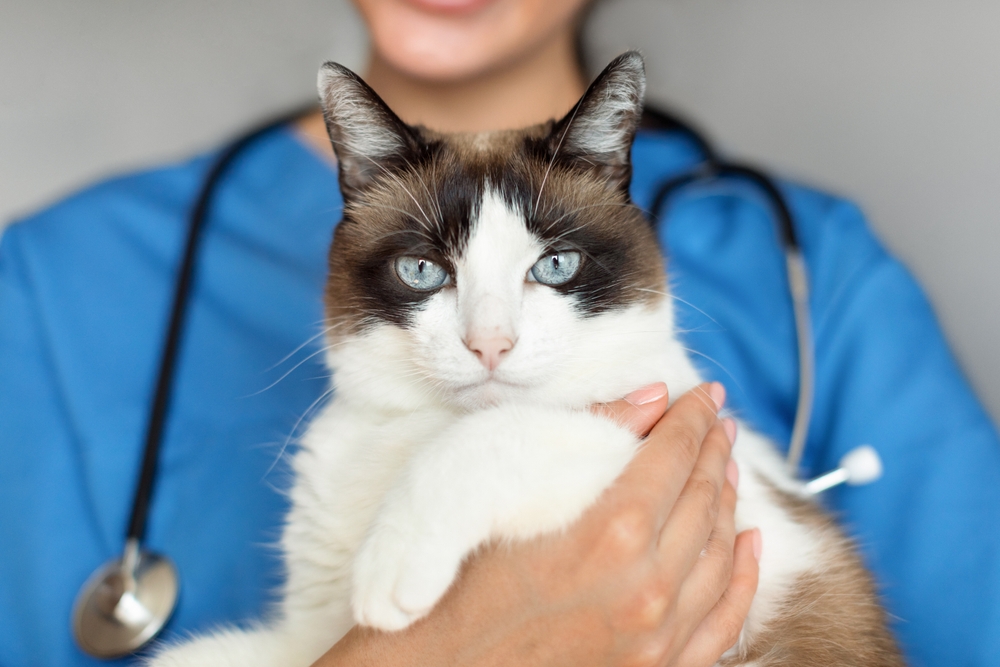
What Science Tells Us?
There are several scientific studies that looked into the longevity of cat breeds, and it has been suggested that alongside crossbred cats that seem to live significantly longer than purebred cats, there are some breeds that are more longer-lived than others. Some of these longer-lived cat breeds include the Burmese, Birman, Siamese, and Persian while the Bengal, Abyssinian, and Ragdoll seem to have shorter lifespans when looking at data from the UK. However, this does not always imply that the longest-living cats are also the healthiest.
When it comes to health issues, there are those that may be more common or associated with certain cat breeds, such as polycystic kidney disease, a recognized hereditary disorder that is not uncommon in Persian cats, or more general conditions that can affect any cat breed. Some of these include dental diseases, heart diseases, diabetes, hyperthyroidism, kidney disease, among others, often more commonly seen in middle-aged and older cats.
The list of cat breeds presented here is not exhaustive, and the order does not necessarily reflect their health status when compared to each other. Remember to have regular vet visits when owning any cat breed to keep their health and well-being. If you’re concerned about your cat’s health we suggest you speak to a vet.

Some of the Healthiest Cat Breeds
The 26 Healthiest Cat Breeds
1. Burmese Cat
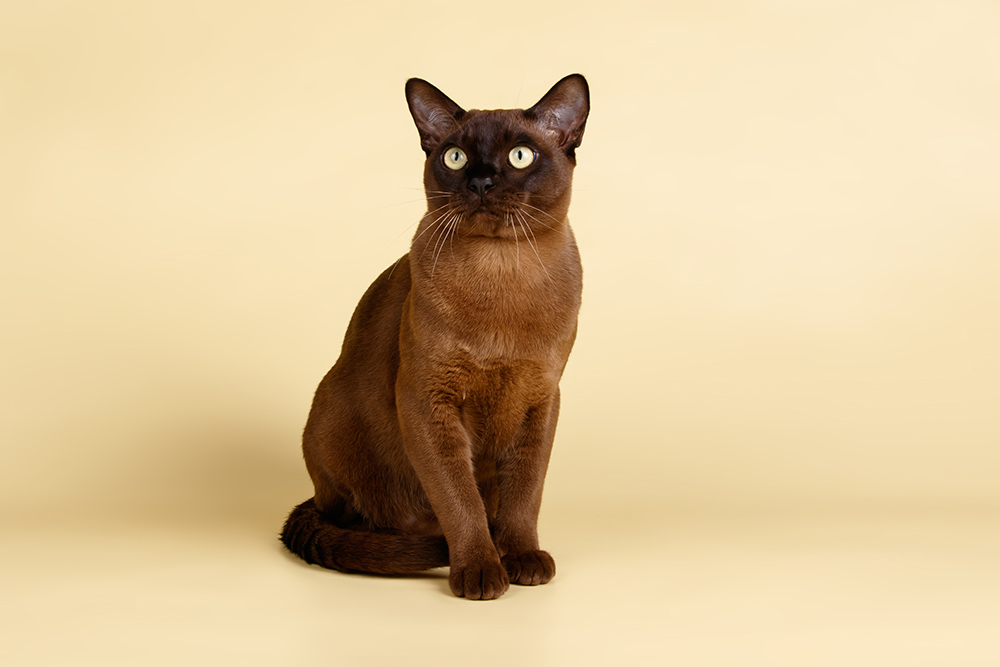
The Burmese cat is very friendly, social, and playful. Some may even learn tricks, such as how to fetch. It is believed that today’s breed originated from one cat brought to the U.S. in the 1930s. Their life expectancy is around 14 years. Although there are health conditions that Burmese cats may be more prone to develop, picking a kitten from a reliable breeder who performs the necessary health checks and genetic testing is crucial in ensuring a long and healthy life for your kitty. However, being a brachycephalic cat, it also puts Burmese cats at a higher risk of skull deformities that lead to
2. Birman Cat
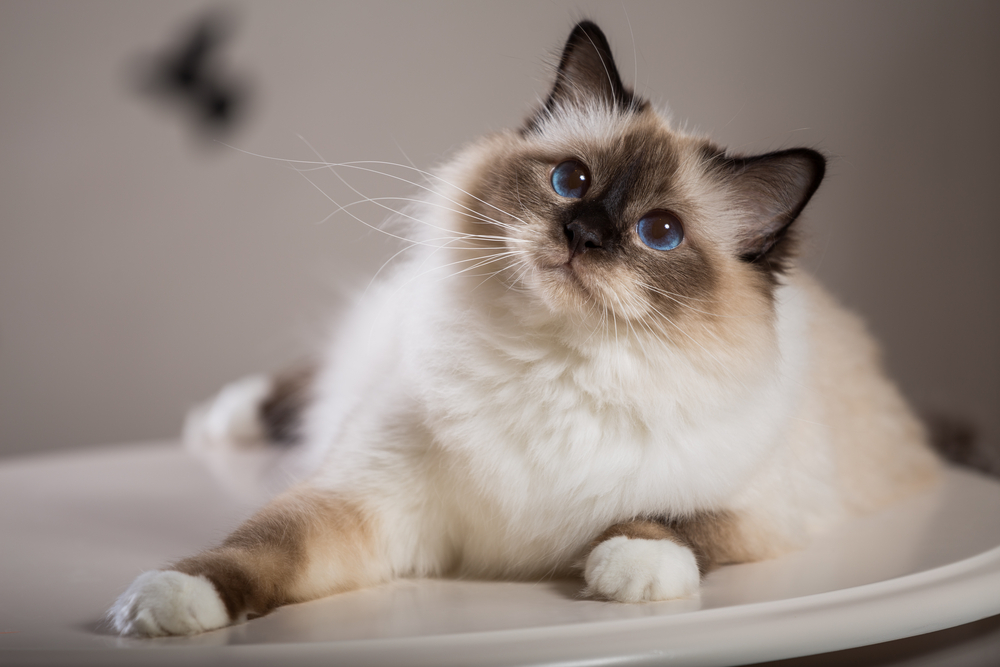
Birman cat is a gentle, affectionate, and intelligent longhair cat that came from Burma to France at the beginning of the 20th century. Although there are some health issues that have been recognized in Birmans, this breed may live around 14-16 years on average. However, the study conducted in the UK that looked into cat breed longevity, had a fairly small number of Birman cat participants, reducing the validity of some of these results.
3. Siamese Cat
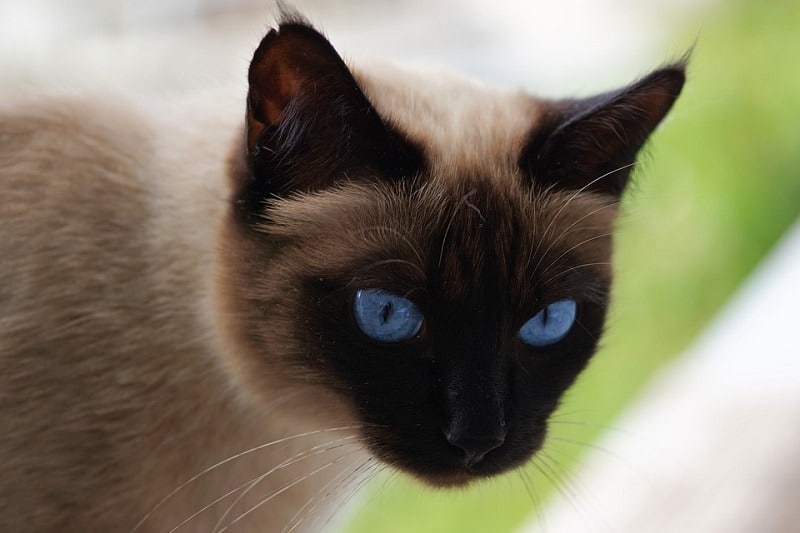
The Siamese is another cat breed that has one of the longer life expectancies of around 12-14 years, based on a study conducted on UK cats. They are prone to several hereditary genetic health conditions, so you should consult with a veterinarian and ensure that your kitty’s parents were screened and checked for some of the most common.
4. Persian Cat
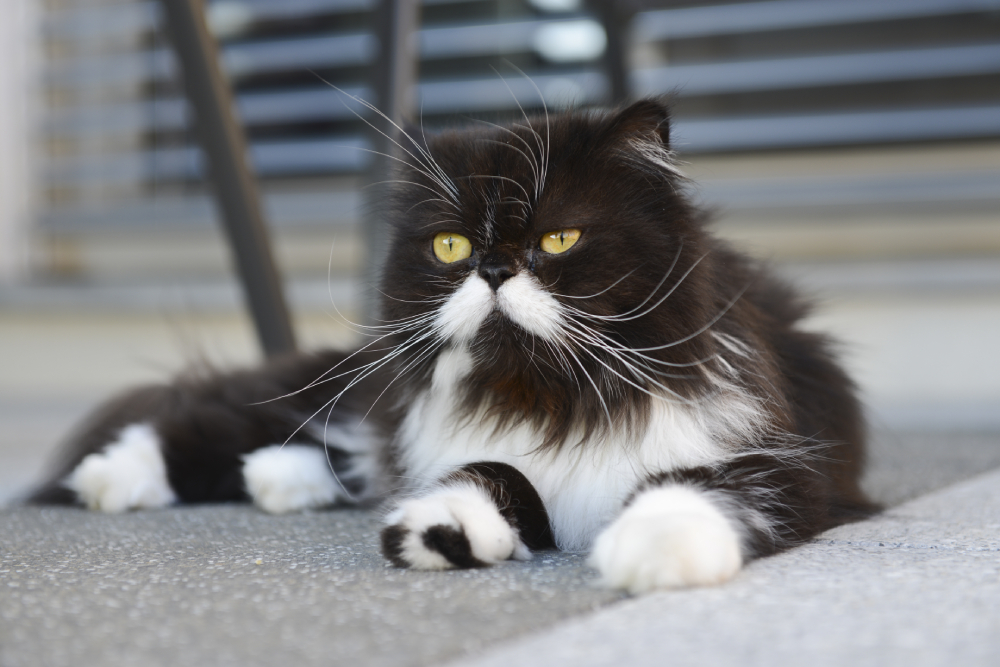
Although being another brachycephalic cat, predisposing them to a variety of health issues, Persian cats seem to be one of the longer-lived cat breeds based on the previously mentioned research conducted in the UK. These kitties may live on average for 11-14 years. These longhaired cats require a lot of grooming in order to prevent matting and keep their coat in top form. They can be playful and easy to train, and are generally quite placid and easygoing. It’s important to find a reputable breeder and avoid kittens with extreme conformation and facial abnormalities that may significantly impact their health and wellbeing.
5. Moggy Cat
The moggy or a crossbreed is a combination of breeds and while some people might turn their noses up at their unknown heritage, they have increased genetic diversity, which means that they are less prone to suffer hereditary health complaints. Crossbreed cats generally live longer than purebred ones, having an average lifespan of 14 years, compared with purebred cats which are around 12.5 years. Interestingly, the same study showed that a cat’s lifespan may be reduced by 6 months for every 1 kg (2.2 lbs) increase in adult body weight. This shows the importance of keeping your cat’s weight ideal.
6. Norwegian Forest Cat
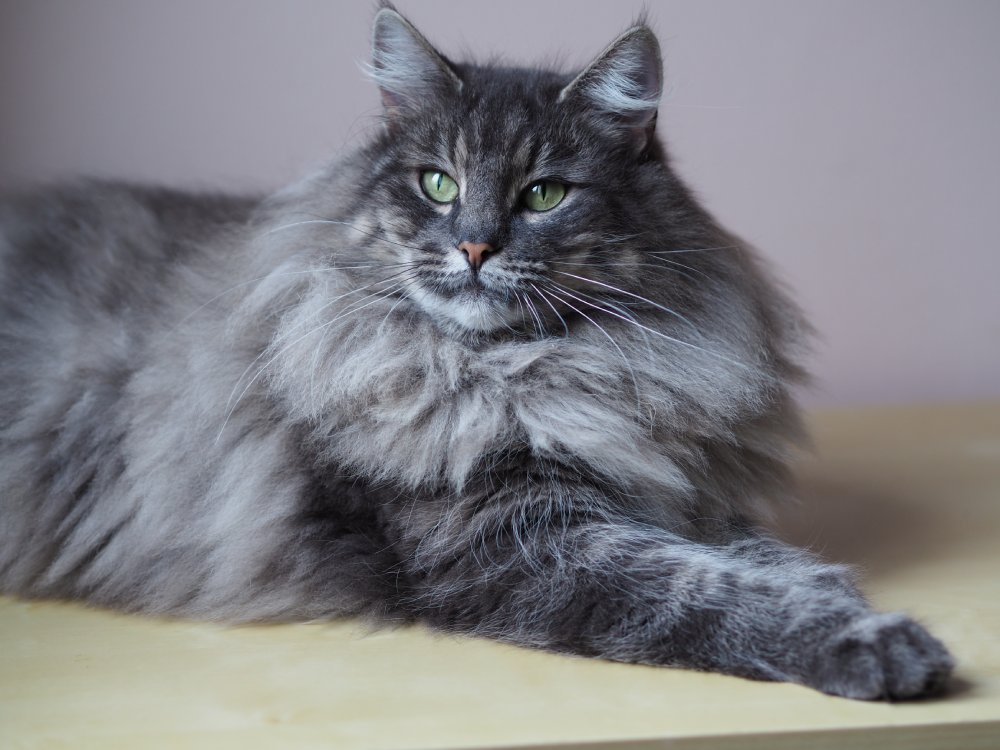
Norwegian Forest Cat is a large long-haired cat, very gracious and intelligent. Their origins are not entirely clear, but they are believed to have come from Norwegian forests. They were named the official cat of Norway by King Olaf in the 1970s, while the first breeding pair arrived in the U.S. in 1979.
This breed may suffer from certain hereditary health issues such as hypertrophic cardiomyopathy and glycogen storage disease. That’s why it’s crucial that breeders perform genetic and health testing on their animals, in order to minimize the chances of these issues. The average lifespan for a Norwegian Forest cat is around 10 years.
7. Maine Coon Cat
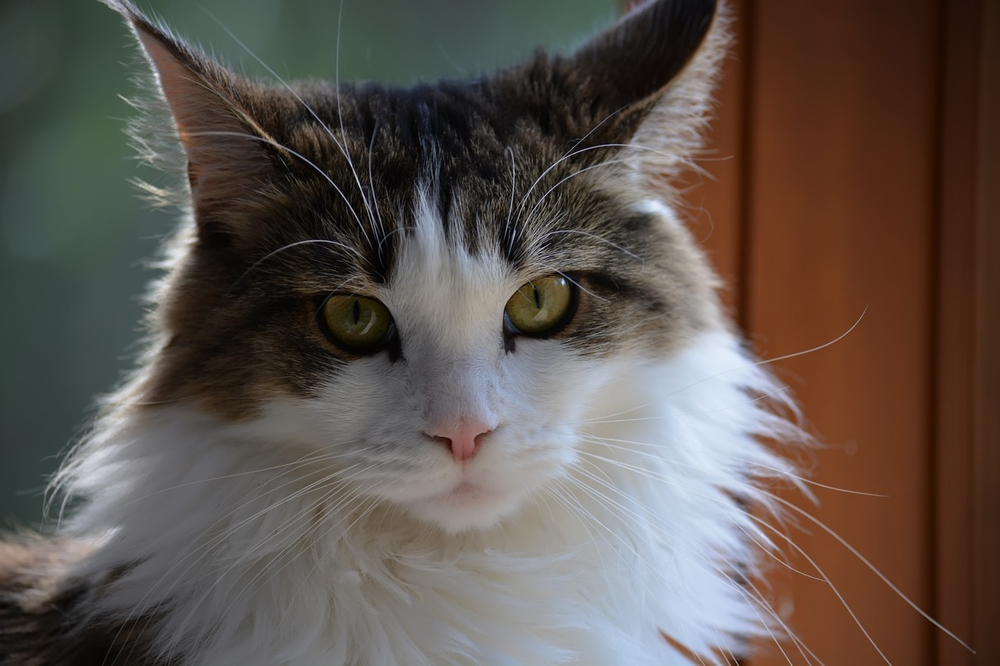
The Maine Coon is perhaps best known for being a large cat breed, although their tufted ears and majestic coat are among their finer features, too. However, this breed was bred to survive harsh, cold winters. Although they are generally healthy and sturdy cats, be sure to choose a reputable and responsible breeder to avoid the genetic and hereditary health conditions that may affect this breed. Their lifespan is around 10-11 years on average.
8. Ragdoll
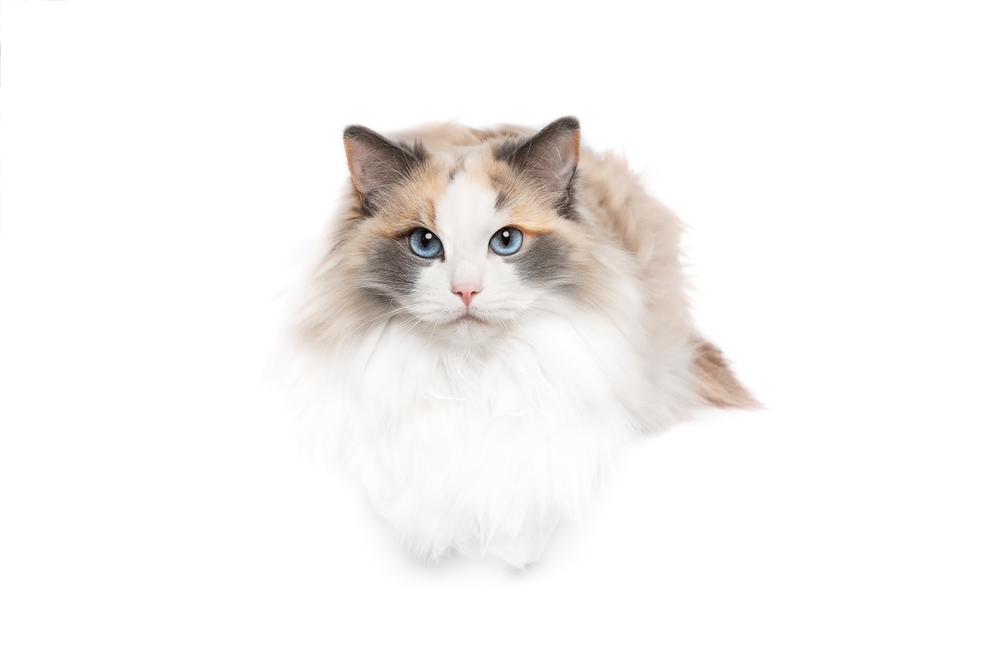
Ragdoll cats are another large breed, quite affectionate and placid. Their long coat also requires regular grooming. Their lifespan is around 10 years and although they are considered a fairly healthy breed, there are some health issues they may be predisposed for, such as heart disease.
9. British Shorthair Cat
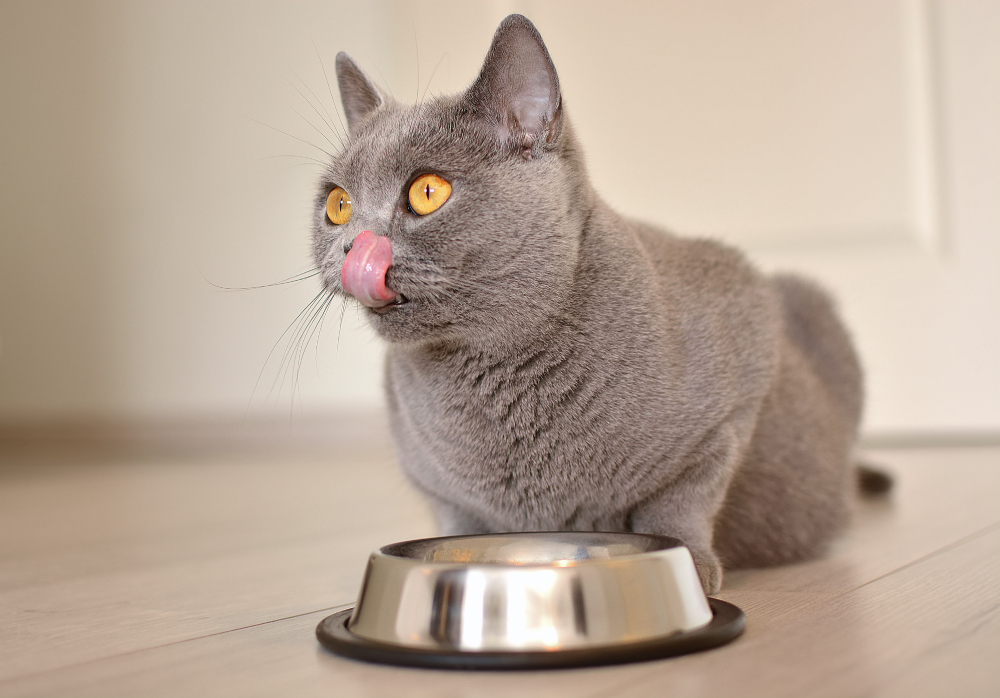
The British Shorthair is also considered a reasonably healthy cat with a known lifespan of around 9.5-12 years, according to various research. However, there are several health issues that may be more common in this breed, and another concern is their brachycephalic constitution. This means that due to their specific skull characteristics, they may experience breathing issues, eye and teeth problems, and more. It’s important to be aware of the welfare concerns associated with extreme flat-faced cat breeds and to find a reputable breeder who focuses on the health of these cats by responsible breeding.
10. European Shorthair Cat
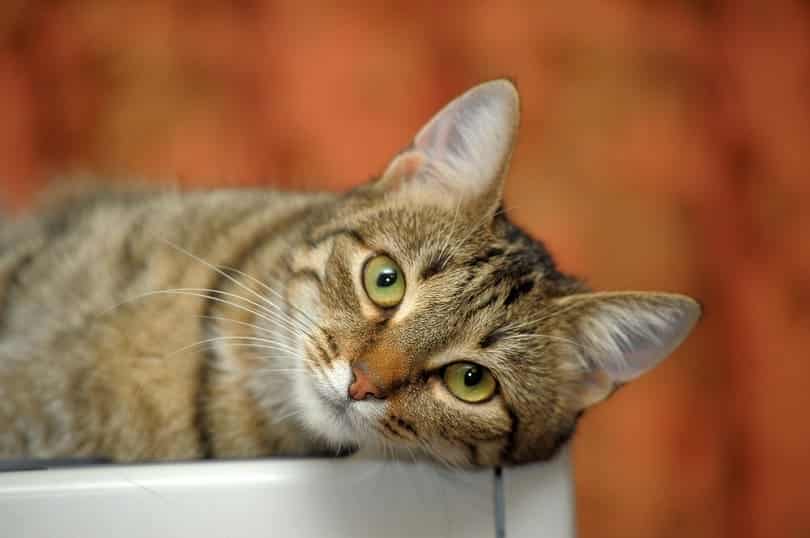
The European Shorthair may be a great choice for novice owners. They are extremely laid back and, while they will show lots of love to their masters, they tend to be more reserved around strangers.
11. American Wirehair Cat
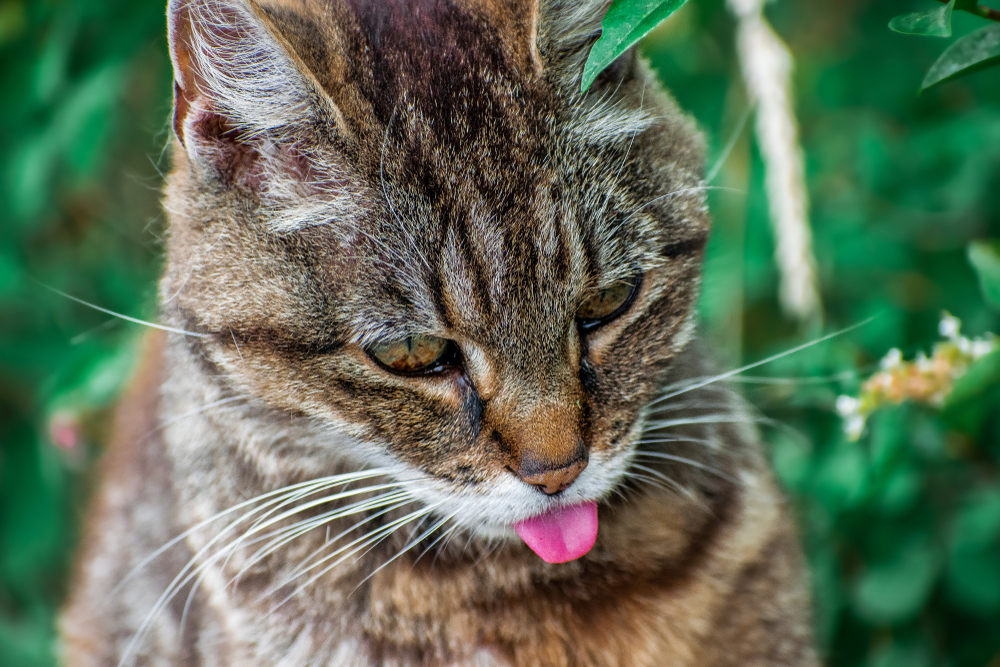
The American Wirehair is a domestic cat with a life expectancy of around 10 years. He is a kind and affectionate cat that will get along with all family members.
12. American Shorthair Cat
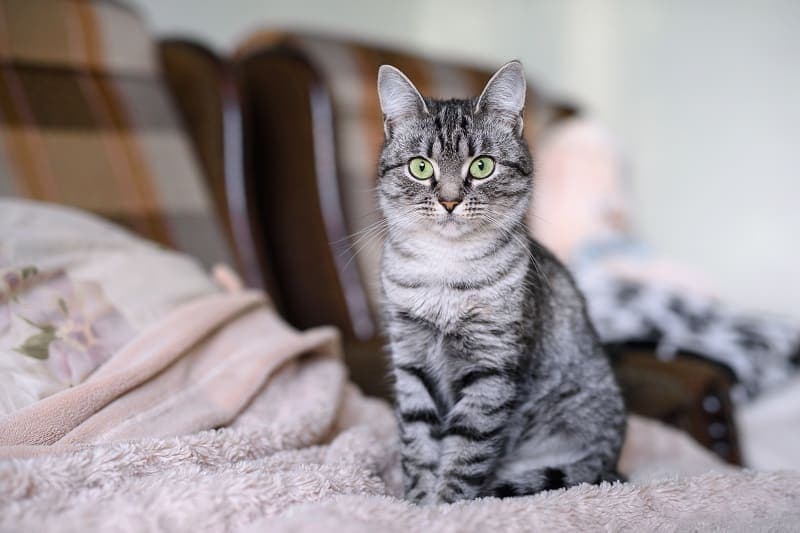
The American Shorthair is a very popular cat breed and a popular pet, especially in their homeland. They are very attractive to look at, incredibly smart, caring, and loving cats that will spend hours on your lap if you let them. They also have a reputation as quite keen hunters. Although they are prone to the same health conditions as all cats, they are generally considered to be a healthy and hardy little breed.
13. Balinese Cat
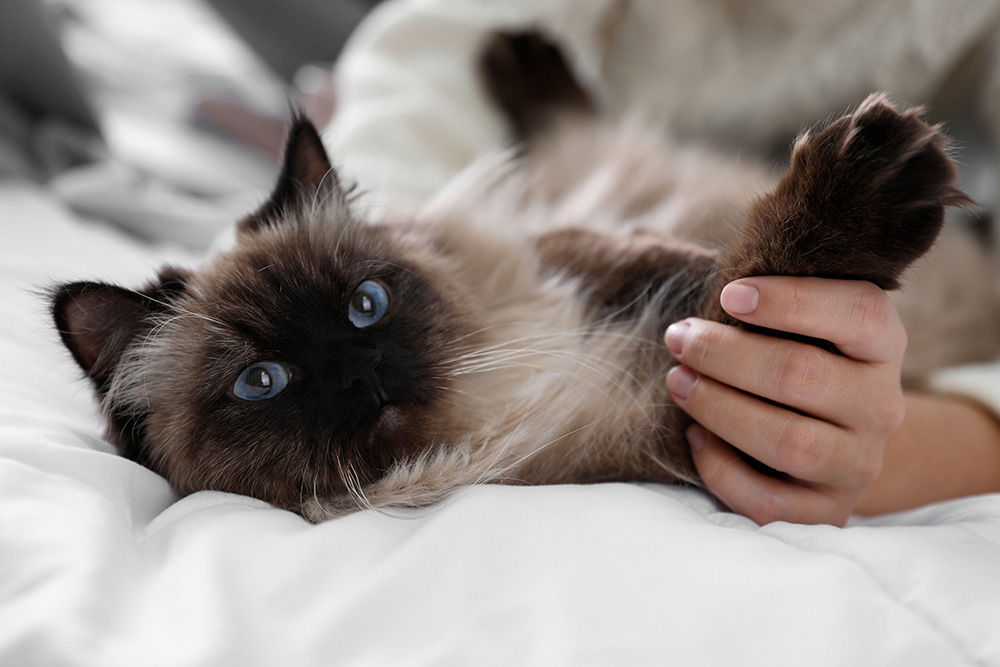
The Balinese share the same colors as a Siamese and have striking blue eyes, in most instances. They are very friendly and will grow extremely close to their human owners. Although many sites claim their life expectancy can be up to 18 years or more, with Balinese being a newer breed in a sense, there isn’t yet enough scientific information on their longevity and potential breed-related health issues.
However, based on the health issues commonly seen in Siamese cats, there are a few that Balinese may be more prone to developing, such as progressive retinal atrophy and other eye issues, certain types of cancer, and others.
14. Ragamuffin Cat
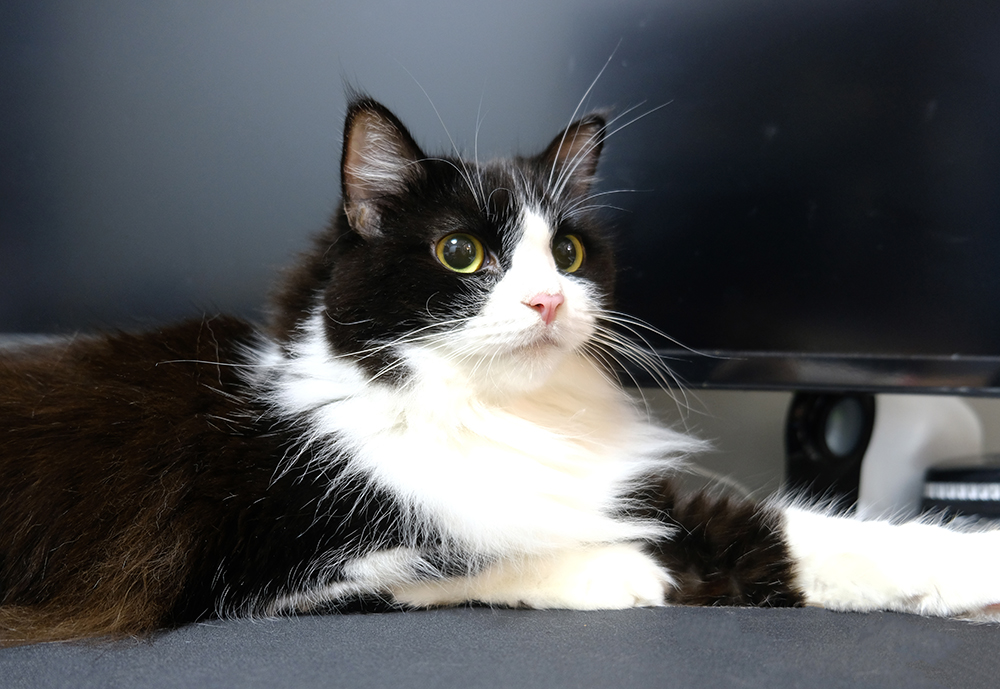
The Ragamuffin is incredibly fluffy and they are generally very healthy cats. They tend to live for around 14 years, and they are extremely affectionate and loving. Hopefully, you won’t have to spend much time at the vet with this breed, but you should expect to pay them lots of attention and to receive lots of attention in return.
15. Turkish Van Cat
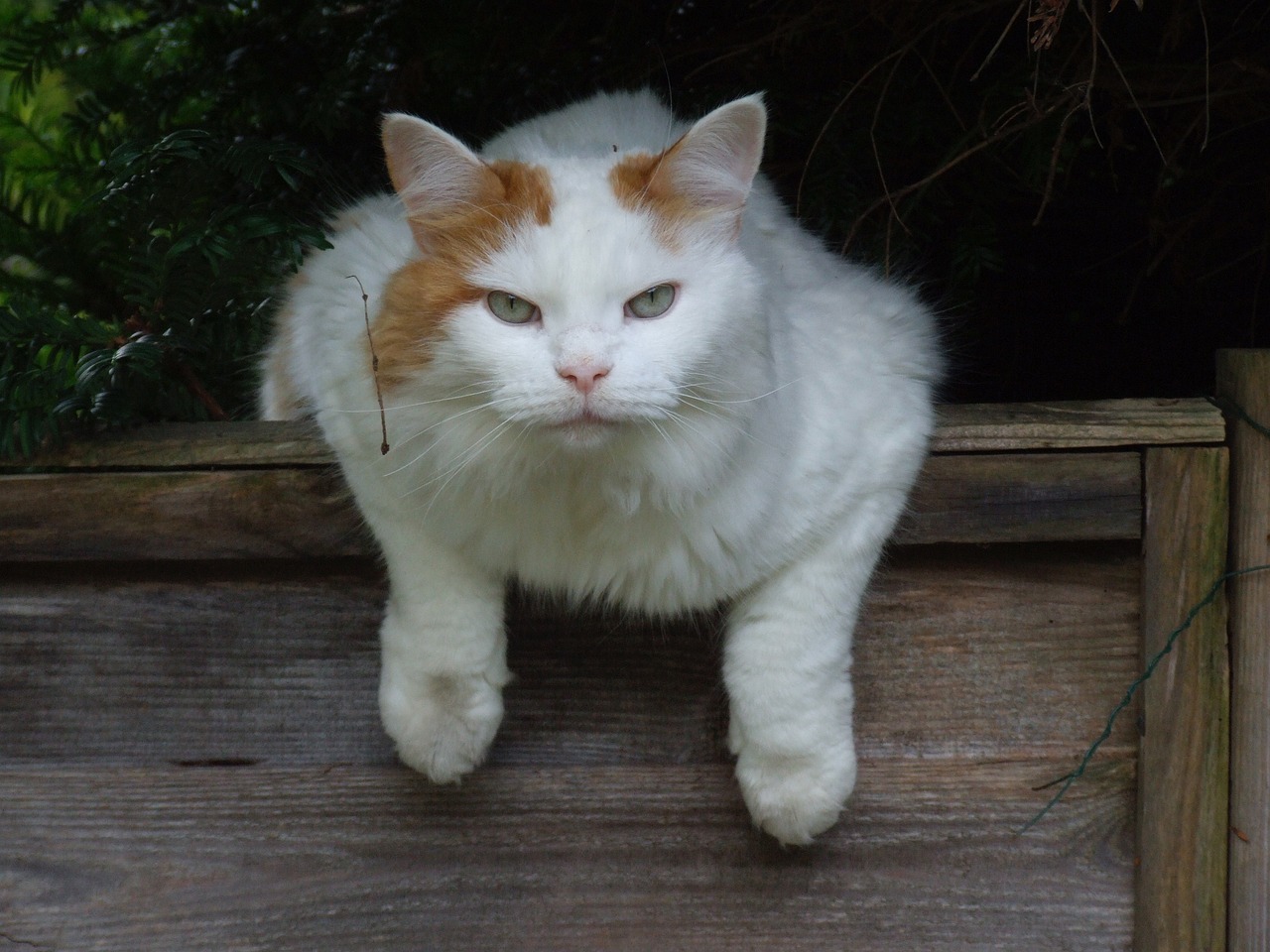
The Turkish Van hails from the mountains of Turkey, although they are perhaps better known as the Turkish street cat. In either case, it is this history that has probably helped give them a fairly healthy constitution. The Turkish Van is also quite happy to be around water, and some will enjoy paddling and even swimming in water.
16. Egyptian Mau Cat
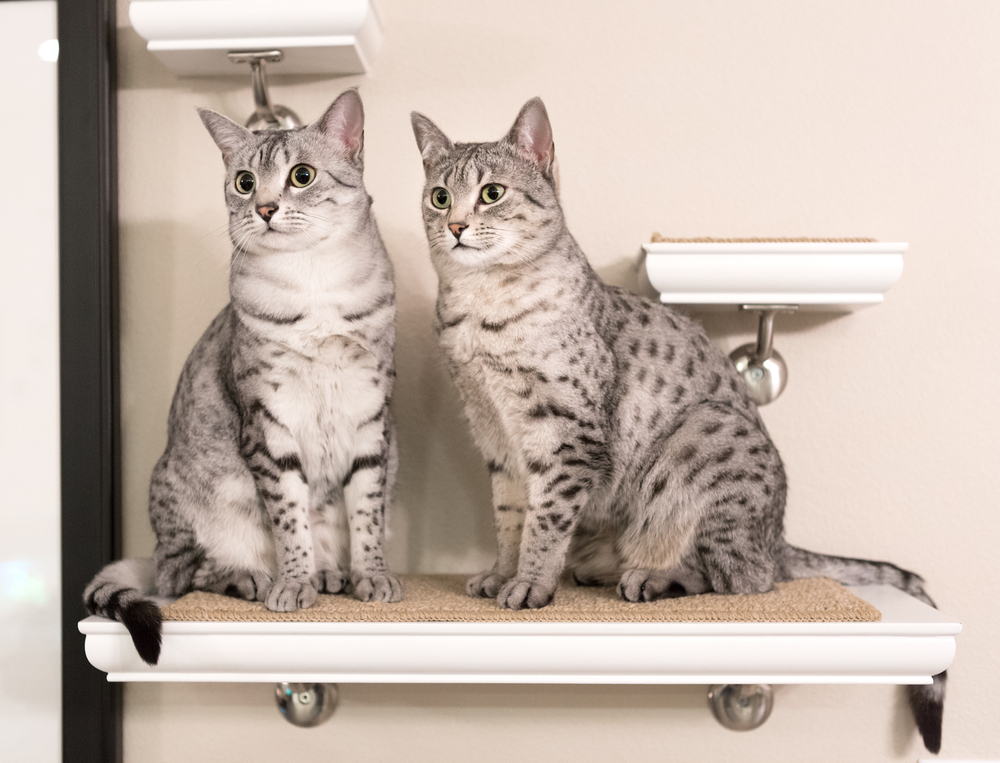
The Egyptian Mau is another breed that may not hail from their titular country, although they are believed to originate from spotted cats that have been mentioned in ancient Egyptian transcripts. The Mau is a very active cat and will enjoy playtime. They are also affectionate towards their family, but can be quite shy with strangers. However, there is a recognized hereditary health issue in this breed, called pyruvate kinase deficiency, that can lead to anemia.
17. Russian Blue Cat
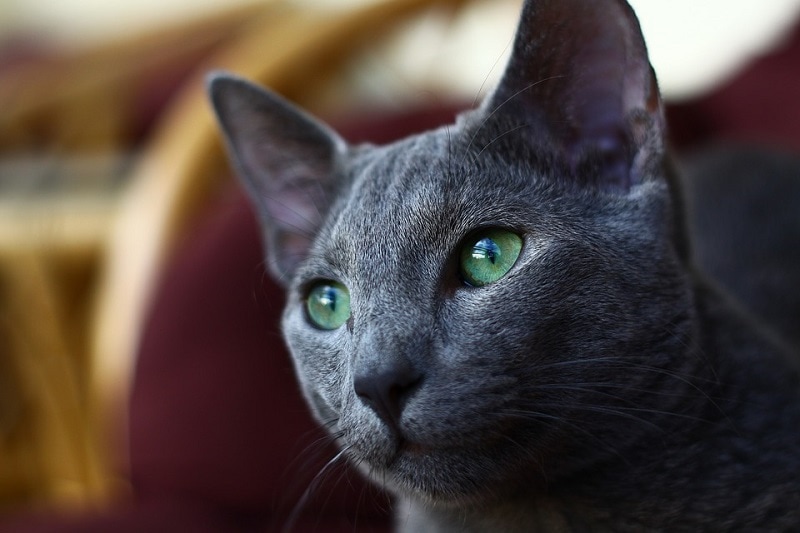
The Russian Blue’s initial history remains a bit of a mystery, although it is believed that they originated from the Archangel Isles in northern Russia. The majority of breeding and selection occurred after World War II when U.S. breeders combined the English and Scandinavian bloodlines. There is some anecdotal information that this breed may be more prone to certain health issues such as urinary issues, diabetes mellitus, and eye issues, based on the information from various insurance companies, but there isn’t much scientific research on the topic at this point. Their average lifespan is around 10 years.
18. Singapura Cat
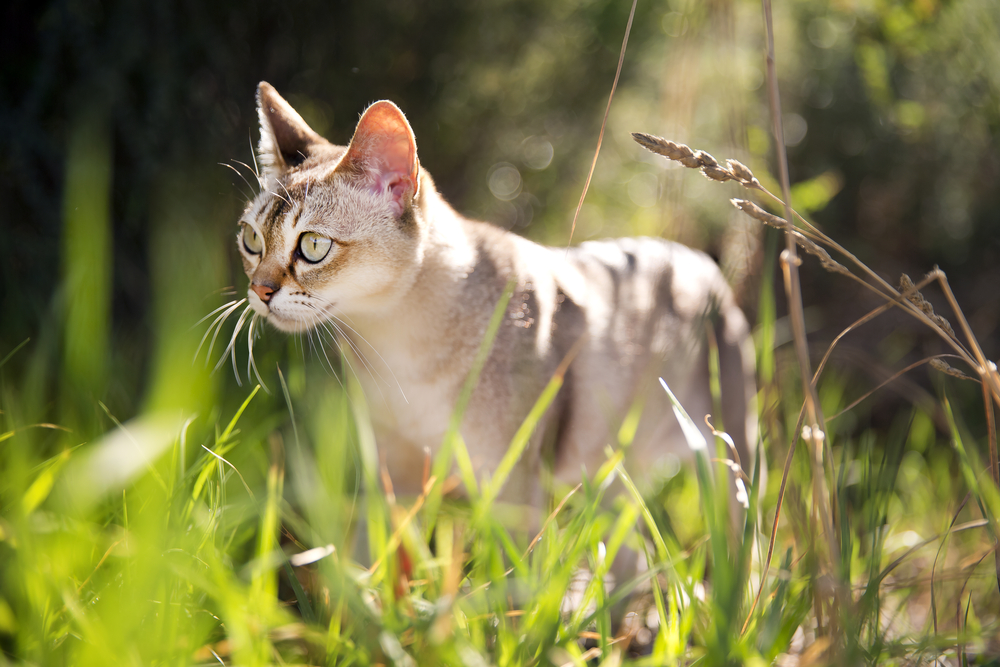
The Singapura is very small, but this doesn’t mean that they are fragile. The Singapura is considered a generally healthy breed that loves humans. They will happily spend time with you, but they may be just as happy getting some attention from passing strangers too.
19. Havana Brown Cat
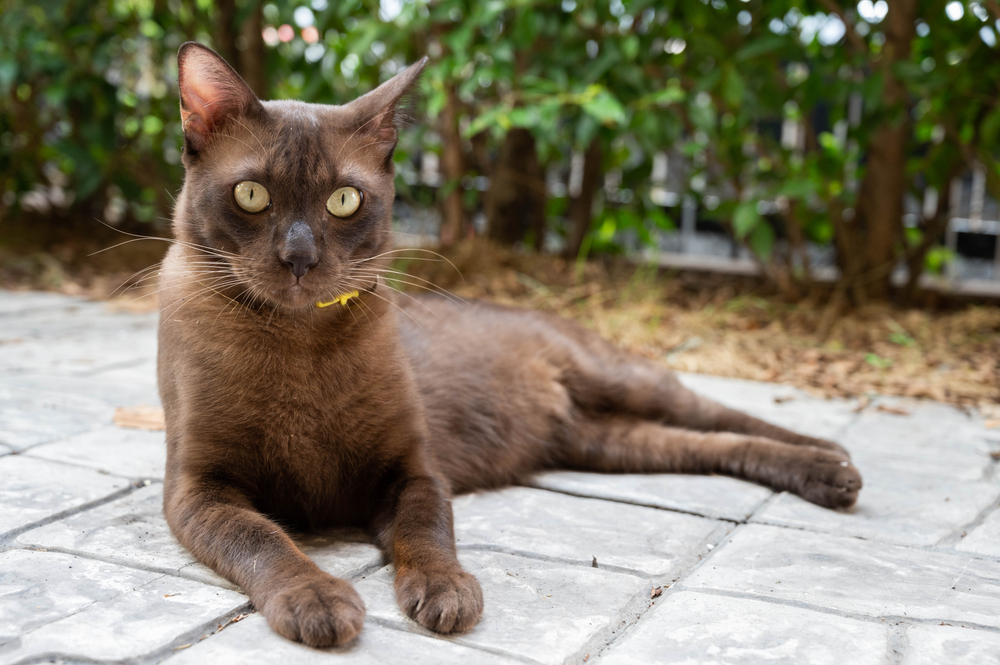
The Havana Brown is a striking-looking cat, although their name is misleading. They are brown, but they don’t come from Cuba and are, in fact, related to the Siamese. Although the breed can look tough, they love cuddles and will happily curl up on you for hours. They also love to play, so be prepared to put in some work with the cat toys with this breed.
20. Korat Cat
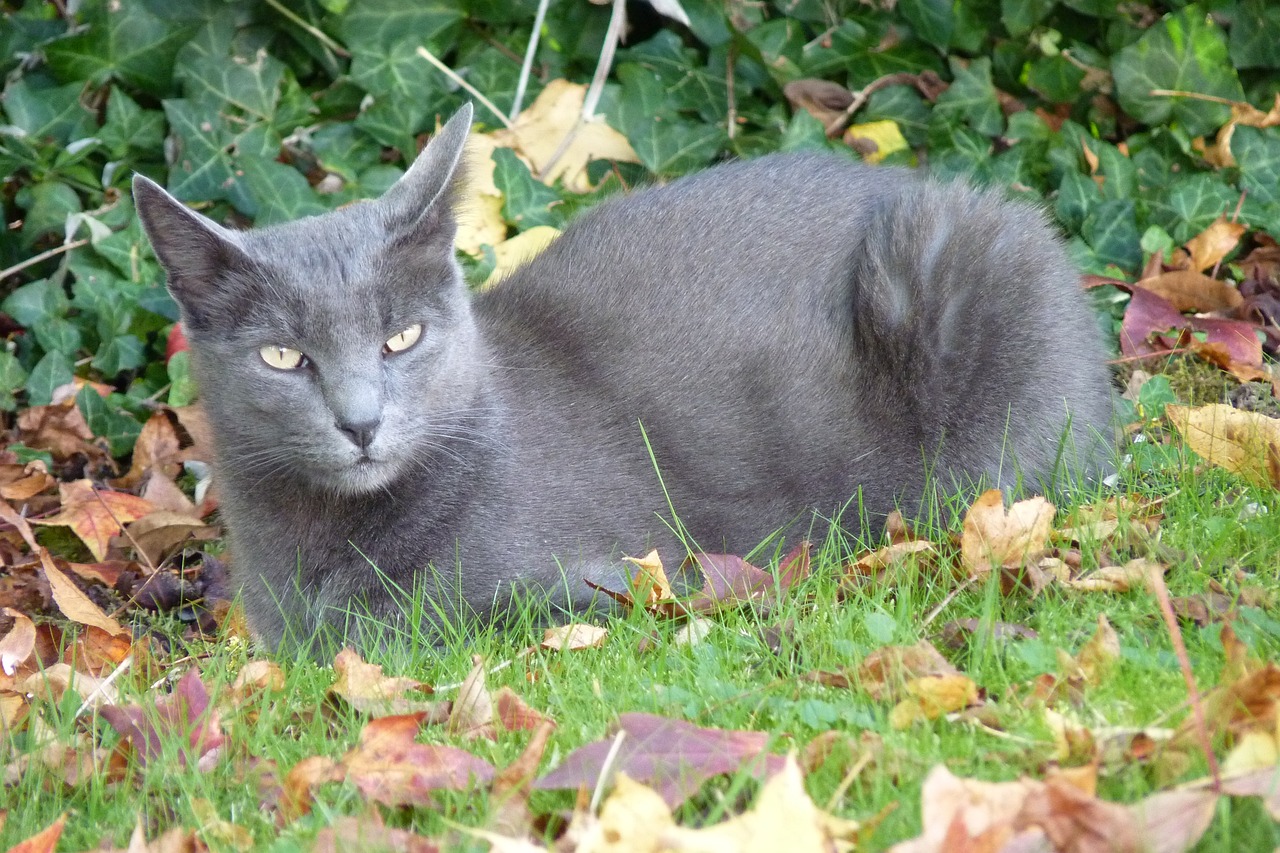
The Korat comes from Thailand where they are considered to be a good luck charm because they were once used to keep rodents away from grain stores. Nowadays, they are popular as a pet breed and although considered very healthy, they can be a bit needy and some don’t like to be left alone for long periods of time.
Some of the Less Healthy Cat Breeds
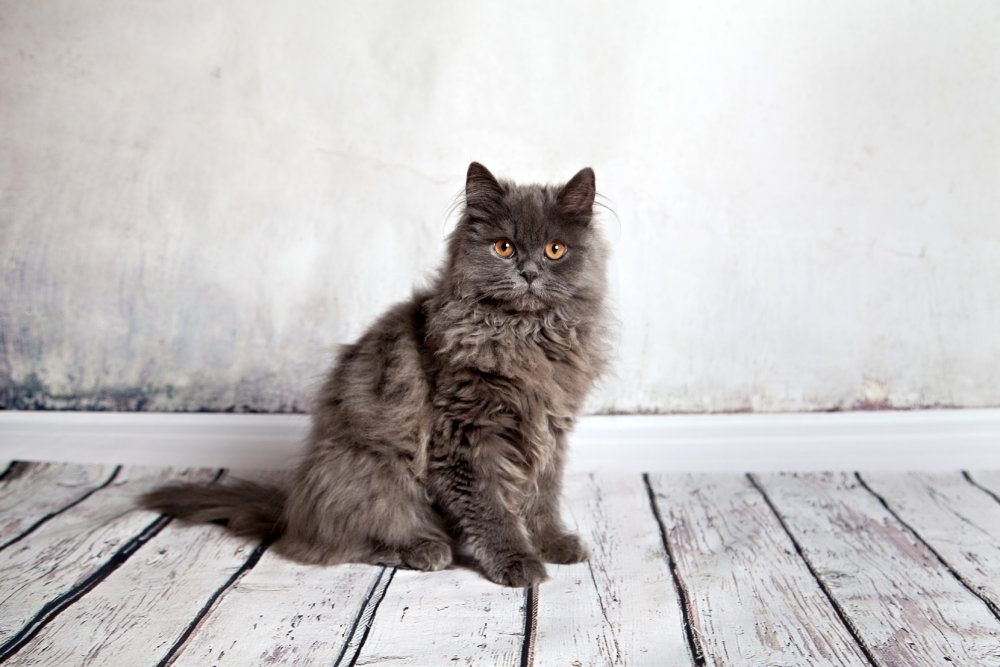
Although some pedigree cat breeds, such as the brachycephalic or flat-faced breeds, like the Persian, British Shorthair, and Longhair, may be considered reasonably long-lived, there are significant health implications with the way these breeds have evolved, through selective breeding and in-breeding. This has led to many individual animals experiencing serious health issues, such as respiratory problems or brachycephalic obstructive airway syndrome, eye issues, dental problems, excessive skin folds, and many more, due to having a very short muzzle and narrow nostrils, large protruding eyes, tear duct abnormalities, teeth misalignment and jaw defects.
Similar welfare issues are present in breeds with various joint and cartilage defects, leading to tail and spinal deformities, such as in the Scottish Fold, Manx breed, and various Bobtail cat breeds. Some of these animals may suffer for the whole duration of their lives, due to extreme and irresponsible breeding that focuses on looks rather than health. Breeds such as the Munchkin and Bambino may also experience joint and limb deformities in some cats, leading to spinal problems, pain, reduced mobility, difficulty walking or jumping, or even grooming themselves.
The main focus in the feline breeding world now should be reducing the inbreeding of these animals as much as possible and choosing the individuals that are fit and healthy for breeding based on veterinary examinations and extensive health and genetic testing. This will reduce the extreme conformational skull, cartilage, and joint deformities these cats often exhibit, making the breeds healthier and longer lived. International Cat Care and British Veterinary Association are just some of the worldwide reputable organizations that are actively promoting welfare of animals through raising public awareness and promoting responsible breeding of animals for health, and not for looks, to prevent animal suffering.
Conclusion
Nothing can guarantee a healthy cat, but if you consult with a veterinarian, choose a reputable breeder that performs health and genetic testing, or simply go for a crossbreed cat, you can increase the likelihood that your cat will remain in good health. Do not overfeed your cat, ensure that they get regular veterinary checkups and preventative healthcare, vaccinations and treatments against parasites, and that they are neutered or spayed.
Featured Image Credit: liliy2025, Pixabay
Contents
- How Healthy Is Healthy?
- What Science Tells Us?
- Some of the Healthiest Cat Breeds
- The 26 Healthiest Cat Breeds
- 1. Burmese Cat
- 2. Birman Cat
- 3. Siamese Cat
- 4. Persian Cat
- 5. Moggy Cat
- 6. Norwegian Forest Cat
- 7. Maine Coon Cat
- 8. Ragdoll
- 9. British Shorthair Cat
- 10. European Shorthair Cat
- 11. American Wirehair Cat
- 12. American Shorthair Cat
- 13. Balinese Cat
- 14. Ragamuffin Cat
- 15. Turkish Van Cat
- 16. Egyptian Mau Cat
- 17. Russian Blue Cat
- 18. Singapura Cat
- 19. Havana Brown Cat
- 20. Korat Cat
- Some of the Less Healthy Cat Breeds
- Conclusion

